| Toyota Century | |
|---|---|
| Manufacturer | Toyota Motor Corporation |
| Production | 1967–present |
| Class | Full-size luxury car |
| Body style(s) | 4-door sedan |
| Layout | FR layout |
The Toyota Century is a large four-door limousine produced by Kanto Auto Works, Ltd. under contract for Toyota mainly for the Japanese market. Production of the Century began in 1967 and the model received only minor changes until a redesign in 1997. This second-generation Century is still sold in Japan, with some exports to Asian countries, notably Hong Kong where it was used as the official transportation for the Chief Executive until July 2007, when it was replaced by a Lexus LS 600h L. The Century derived its name from an 100 year anniversary of Japan becoming an open country, when Japan began to trade and interact with the world in 1867, after the Meiji Restoration.
The Century is produced in limited numbers and is built in a "nearly hand-made" fashion. It is often used by royalty, government leaders, and executive businessmen. The Century is comparable in purpose to the Austin A135, ZIS/ZIL, Chinese Red Flag, Rolls-Royce and Maybach limousines. The Toyota Century is equipped with the fender mirrors characteristic of Japanese cars.
A special version, called the Toyota Century Royal, was produced for the Japanese Imperial Household, to be used by senior members of the imperial family, with the same purpose of the Bentley State Limousine presented to the British Royal Family. This special version has wool cloth upholstery, granite running board steps and Japanese rice paper headliner. Five vehicles were originally ordered, but due to the cost per vehicle, only four vehicles were built. This vehicle replaced the fleet of 30 year old Nissan Prince Royal limousines that were beginning to show their age, when one recently broke down in service.
The exterior styling of the Century has, with some modifications, remained unchanged since its introduction, primarily due to its perceived social status as the "preferred vehicle denoting conservative success" . Its appearance is iconic in Asian countries, usually painted black. The closest Asian competitor is the Nissan President, with a similar reputation.
1st Generation (1967–1997)
| First generation (Data for 4 litre version) | |
|---|---|
| Production | 1967–1997 |
| Body style(s) | 4-door sedan |
| Layout | FR layout |
| Engine(s) | 4.0 L-V8, 190 PS (187 hp/140 kW) |
| Transmission(s) | 3-speed automatic |
| Wheelbase | 112.2 in (2860 mm) |
| Length | 201.6 in (5120 mm) |
| Width | 74.4 in (1890 mm) |
| Height | 57.1 in (1450 mm) |
| Curb weight | 3885 lb (1760 kg) |
The original Century was based on the 1964 Toyota Crown Eight, which featured the 2.6 L V8 Toyota 3V engine. The 1967 Century was equipped with an upgraded version of this engine, the 3.0 L 3V. 1973 saw the introduction of the 3.4 L 4V, and the engine was once again changed to the 4.0 L 5V in 1982. Note that the 3V, 4V, and 5V do not refer to the number of valves in the engine; they denote models in the line of Toyota V engines. There is also a L-Type stretched version of the Century, length is 5270 mm (207.5 in) with a wheelbase of 3010 mm (118.5 in).
The 1st generation Century remained largely untouched during its 30-year production run. Although minor cosmetic changes and engine upgrades occurred throughout its lifespan, the commercial longevity of the Century chassis is nevertheless impressive.
Century gas turbine hybrid
The Toyota Century with a GT45 gas turbine and electric motor was shown as a concept vehicle at the 1975 Tokyo Motor Show.
A GT45 gas turbine engine was mounted in a Toyota Century. The engine took a lot of room, so the Century was one of the few Toyotas with an engine bay big enough. The engine was connected to an electrical generator connected to batteries, which then drove an electric motor connected to the front wheels. Using kerosene, 160 km/h (99 mph) could be reached and 120 km/h (75 mph) could be reached using the batteries alone.
The Century was first trialled in this manner in 1971 but not shown to the public until 1975. A similar system was trialled from 1971 on some Toyota buses.
Another version of the engine was shown at the 1977 Tokyo Motor Show (GT24) and another at the 1985 Tokyo Motor Show (Gas Turbine II in the Toyota GTV).
Chassis codes
2nd Generation
| Second generation | |
|---|---|
| Production | 1997– |
| Body style(s) | 4-door sedan |
| Layout | FR layout |
| Engine(s) | 5.0 L-V12, 280 PS (276 hp/206 kW) |
| Transmission(s) | 4-speed automatic |
| Wheelbase | 119.1 in (3025 mm) |
| Length | 207.5 in (5270 mm) |
| Width | 74.4 in (1890 mm) |
| Height | 58.1 in (1475 mm) |
| Curb weight | 4393 lb (1990 kg) |
The Century received a complete redesign in 1997, although the new model was visually very similar to the old. This current model is powered by a 280 PS (276 hp/206 kW) 5.0 L 1GZ-FE V12, initially with a 4-speed automatic, and then a 6-speed "intelligent" transmission. It also features air suspension and a factory LPG gas option, enabling the 2-ton car to be classed as a low emission vehicle (edit* LPG option could not be confirmed from Toyota). The Century remains the first and only Japanese front-engine, rear-wheel drive production car equipped with a V12.
The Century was Toyota's most luxurious model at its inception in 1967, and maintained this status throughout the 20th century. Today, it is placed above most of the Lexus lineup in Japan, and remains the most luxurious and expensive model to wear the Toyota badge. The Century is distinguished by different color options than the rest of the Toyota lineup.
Like other cars in the top of the luxury class, the Century is designed with a chauffeur in mind. Hence, the rear seats recline and the front passenger seat has a fold-down center section so that a passenger in the back may stretch his feet forward. The exterior door handles open the doors electrically since the sound of the door being opened mechanically is perceived as being "too obtrusive". The doors do not need to be closed directly, instead the door only needs to contact the latch, causing the door to pull itself completely closed electrically.
The vehicles interior is usually ordered in cloth, not leather, due to the aroma of leather being less desirable and not as quiet as cloth when sat on. The vehicle can be ordered in any color the purchaser desires, however, the favorite colors are usually medium brown, burgundy or royal blue with black exterior paint. White lace curtains are usually installed in the rear window, instead of tinted windows, which are perceived to attract unwarranted attention. The passengers usually like to be seen in a Century, despite Asian tendencies for modesty.
The Century is priced at ¥11,130,000 or approximately US$94,500 (as of 2007). In comparison, the base price for the ultra-luxury 2008 Lexus LS 460 is approximately ¥10,000,000 (US$87,000), with the LS 600h L at ¥15,000,000 (US$125,800).
Although the Century is not exported outside Japan in large numbers, it is used frequently by officials stationed in overseas Japanese offices.
In contrast to other luxurious cars (such as the Maybach or a Rolls Royce), the Century has not been positioned and marketed as a sign of wealth or excess. Instead, the Century projects an image of conservative achievement. Marketing literature states roughly that, "the Century is acquired through persistent work, the kind that is done in a plain but formal suit." This image drove a good deal of the 2nd generation design as a traditional and tasteful update of the original.

![Validate my RSS feed [Valid RSS]](valid-rss-rogers.png)

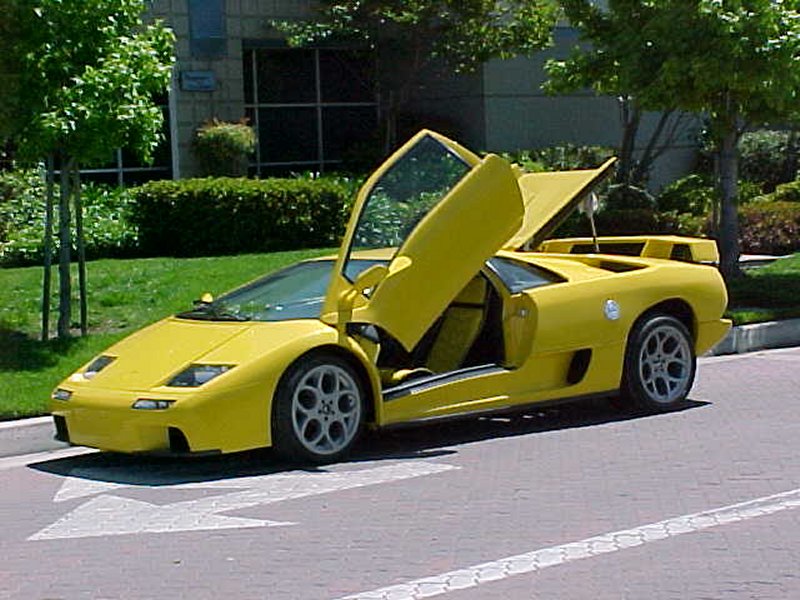
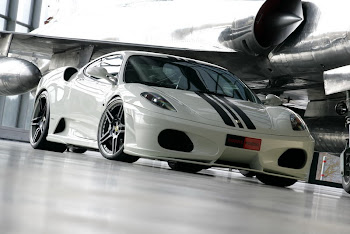
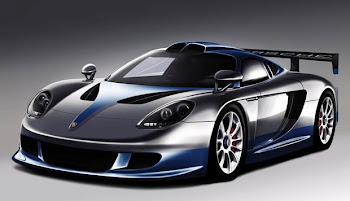
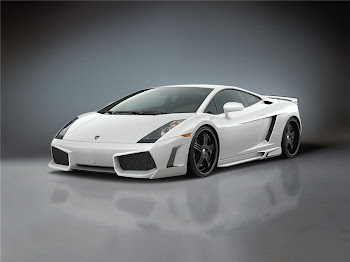
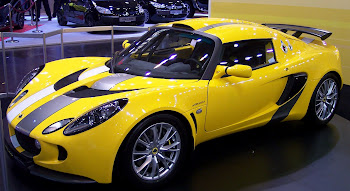
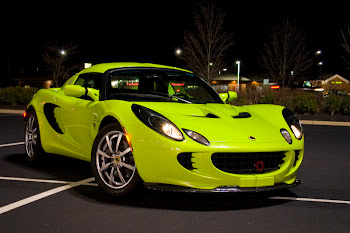
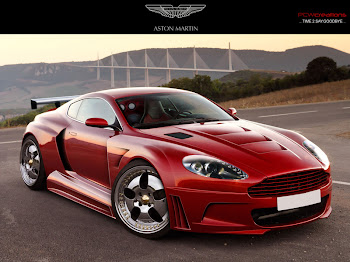

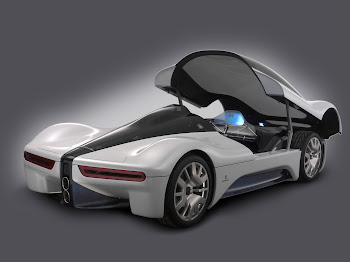
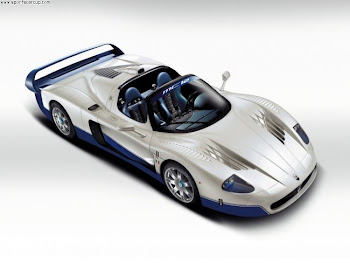
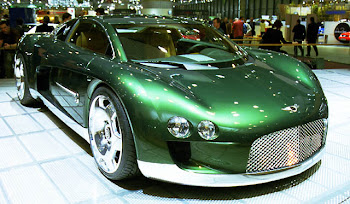

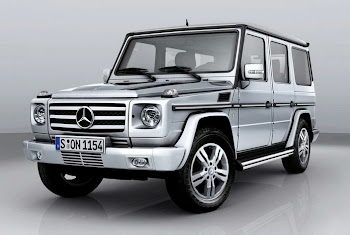
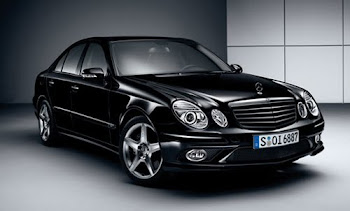
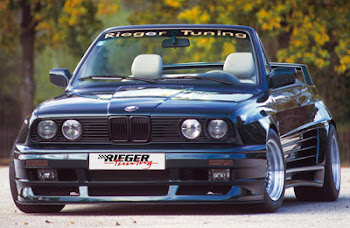

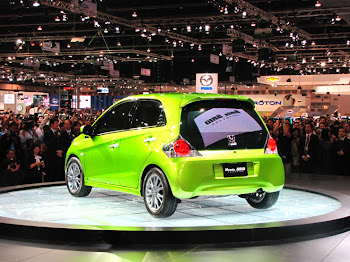
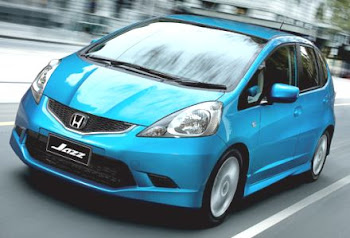

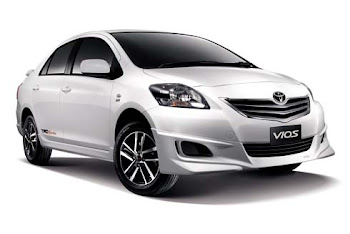
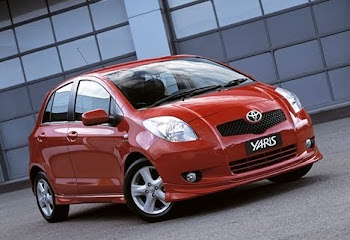
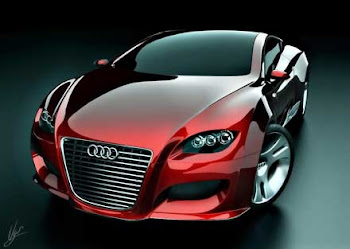
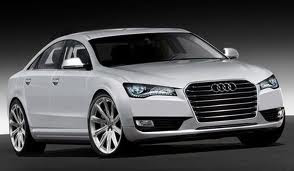
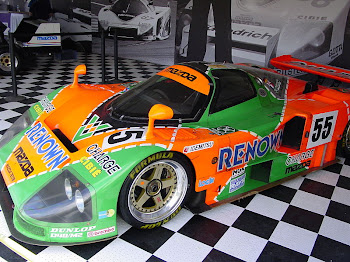

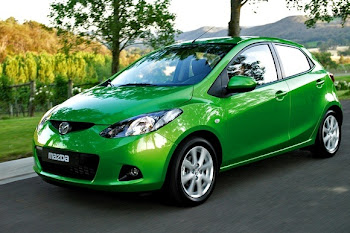
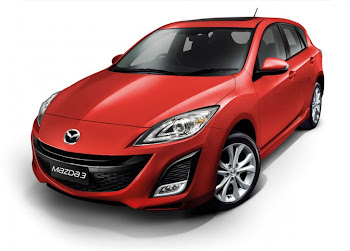
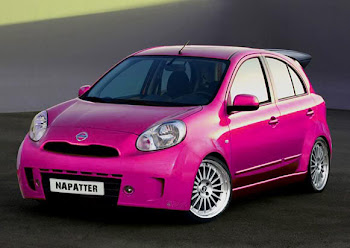
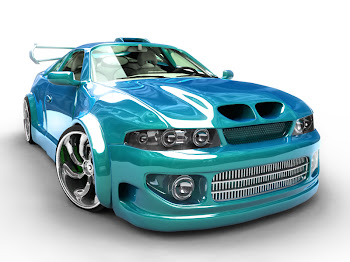
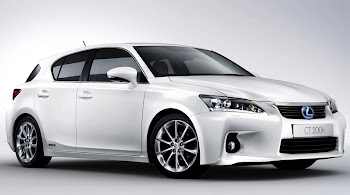

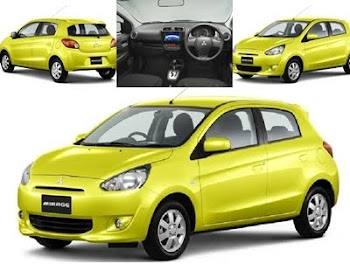
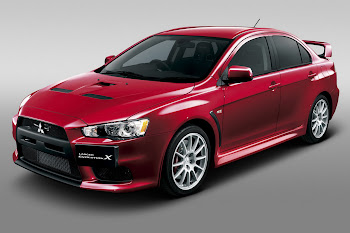
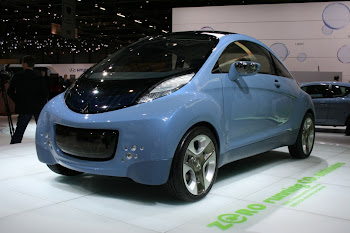
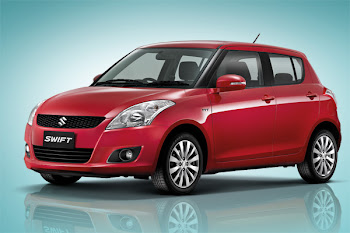
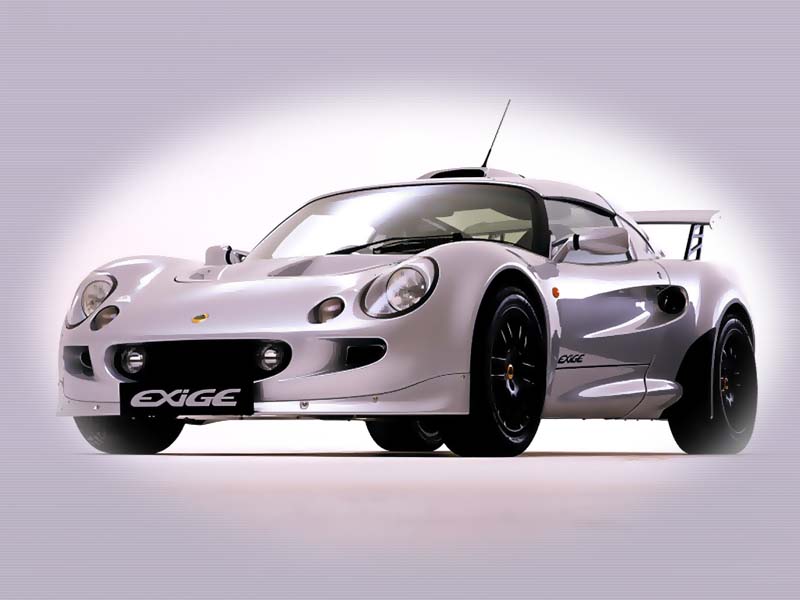
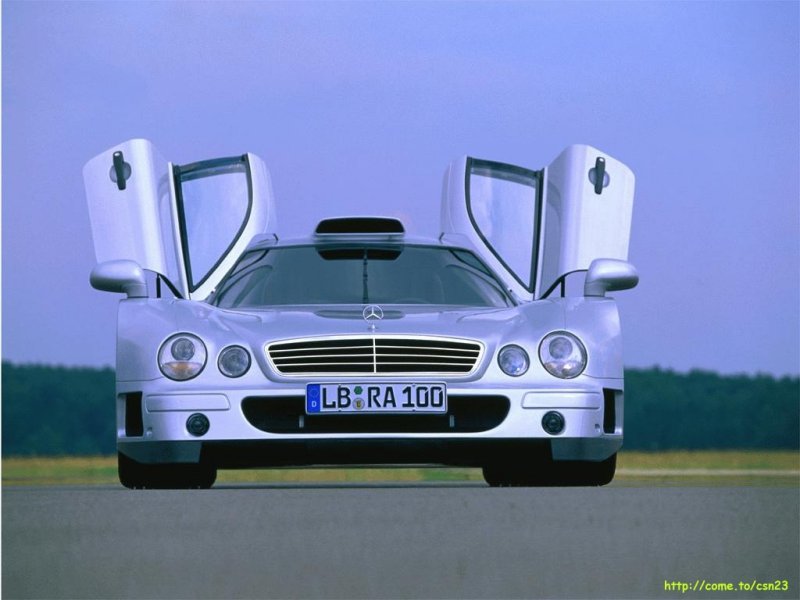
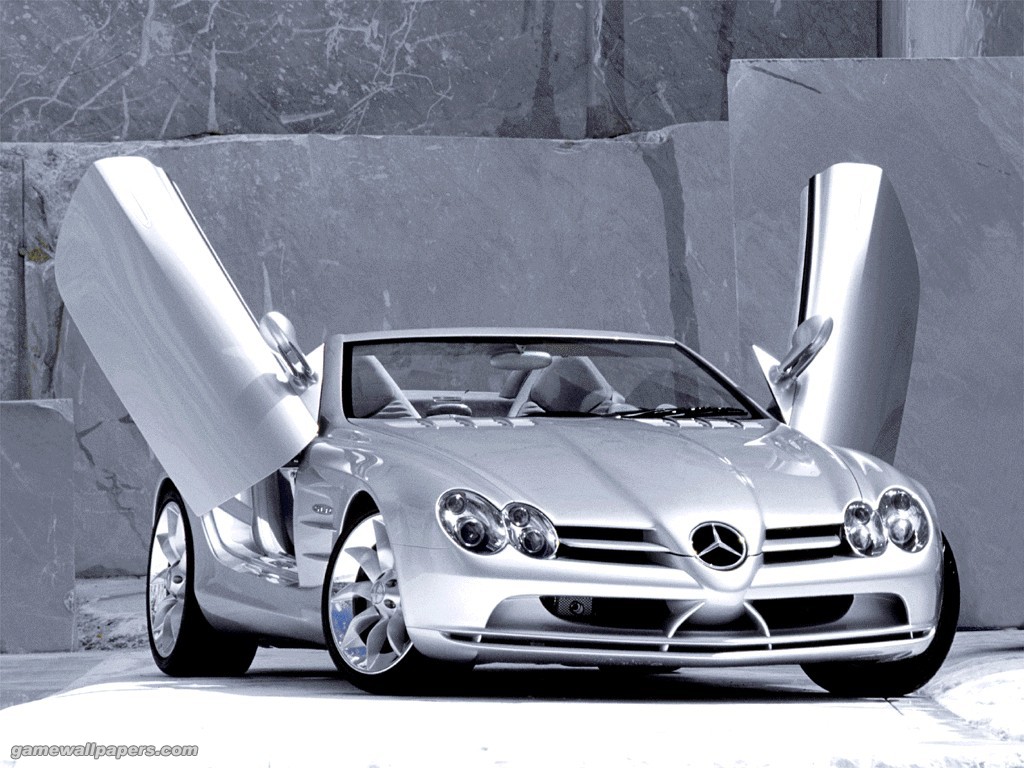
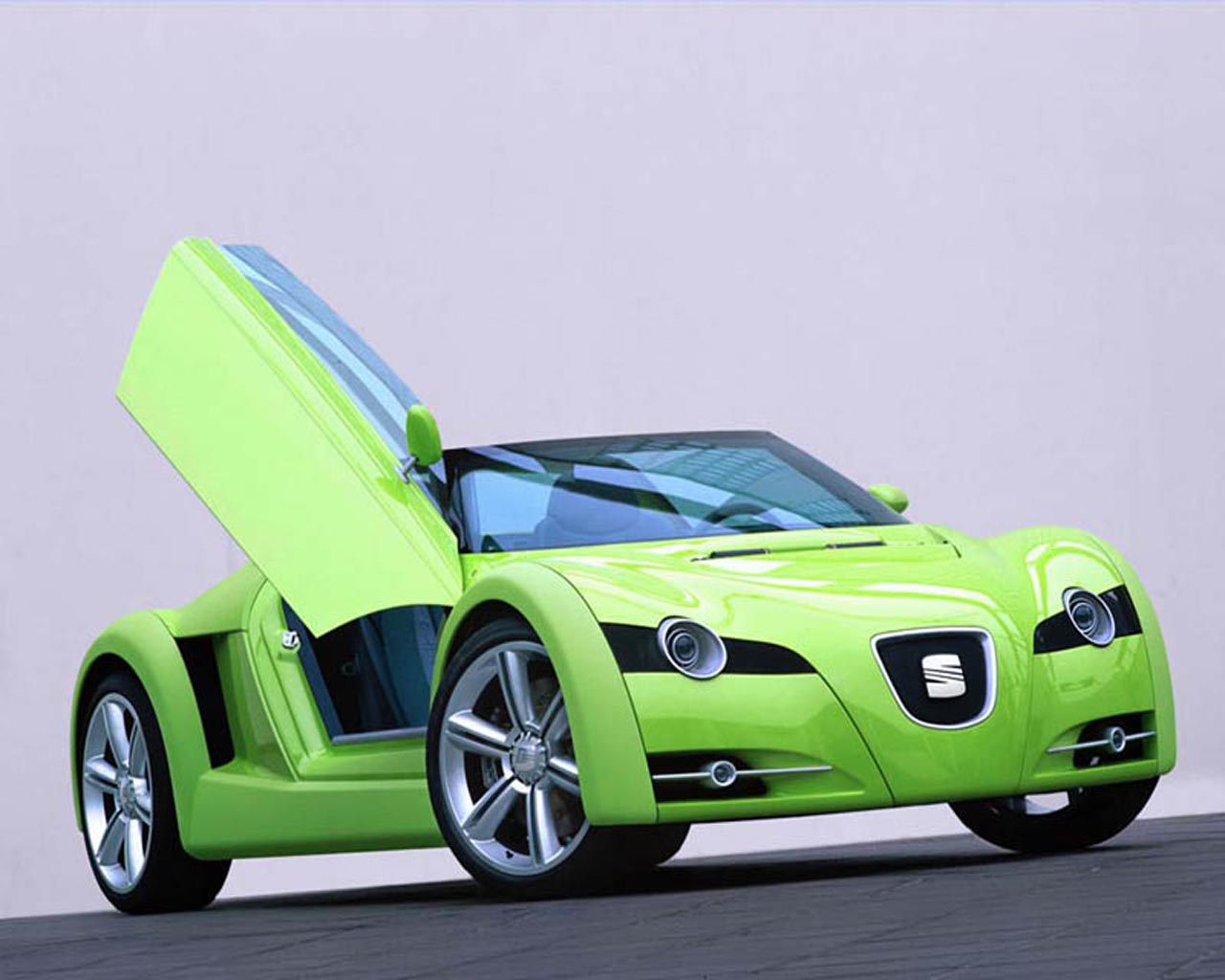
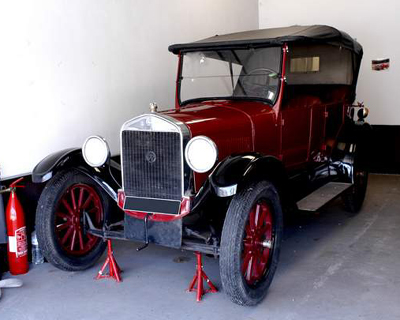
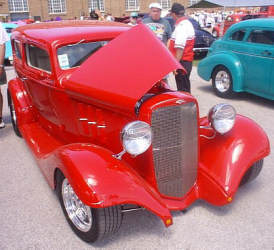
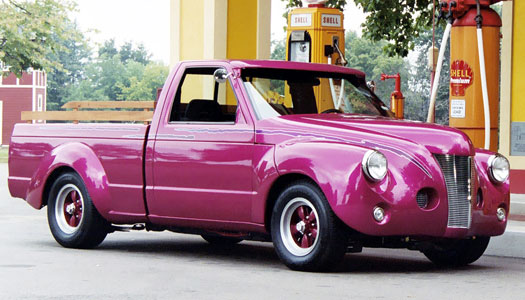
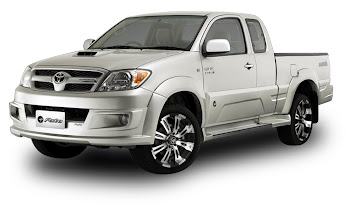



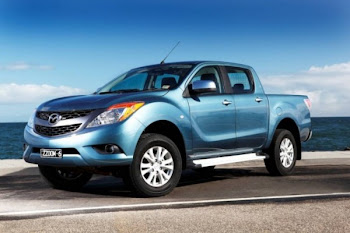
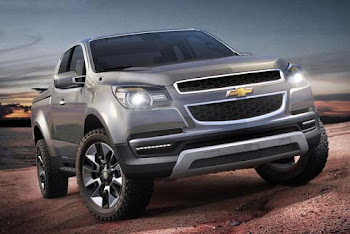
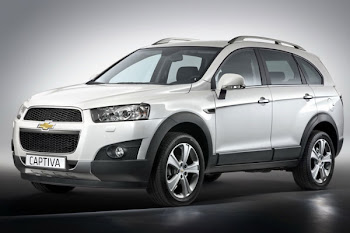

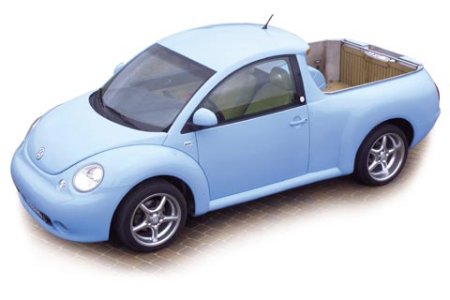
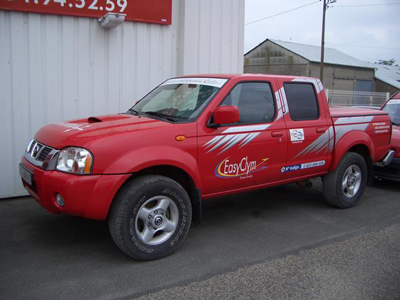
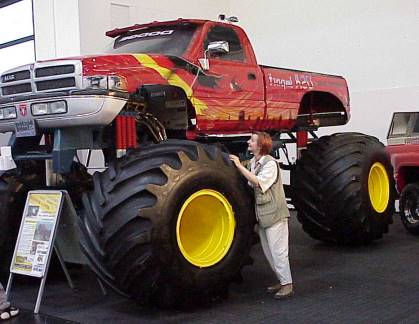

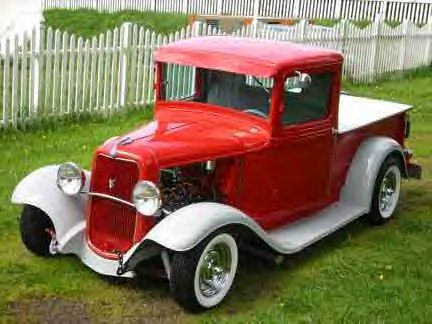
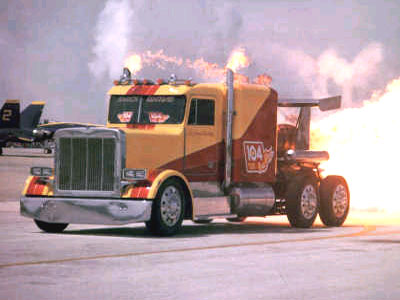
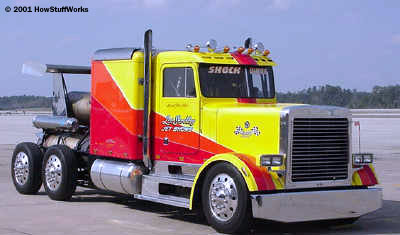

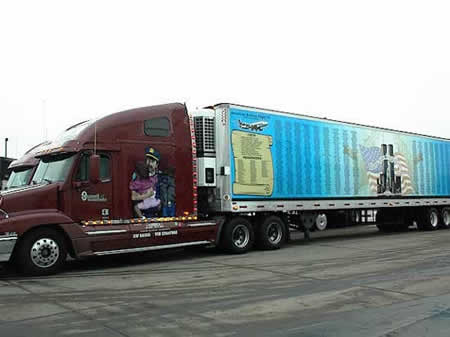

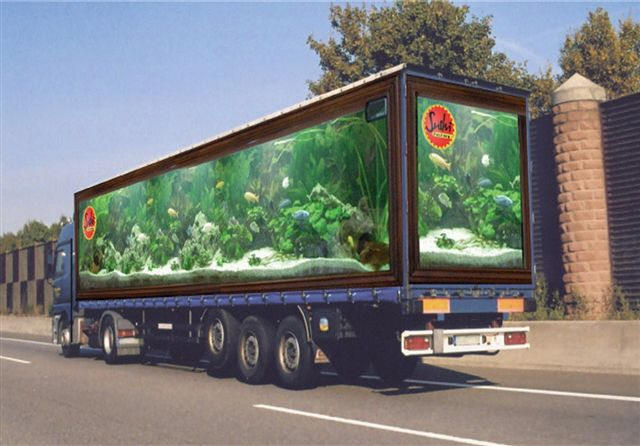

ไม่มีความคิดเห็น:
แสดงความคิดเห็น